January 6, 2023
By William Mattox
A post-pandemic “new normal” in work and residency patterns is taking hold across America. Office occupancy remains far below pre-COVID levels. “Fully remote” and “remote-optional” job listings are now increasingly common. The number of “digital nomads” who can work and live anywhere continues to rise. And more and more people are moving to smaller places, especially midsized towns and cities.
In fact, one recent study identified Ocala as the U.S. city with the highest percentage of net inbound migration. Another found that Punta Gorda, Sarasota, and Fort Myers-Cape Coral are growing at a faster rate than any of Florida’s major cities.
Scholar Brad Littlejohn believes the continued rise in remote work could help “contribute to a revival of the small-town cultures that were once a key source of our nation’s moral fiber and work ethic.” He writes, “Two centuries ago, Alexis de Tocqueville observed how much these tight-knit communities contributed to the strength of American life, and our nation has suffered deeply from the steady drain of population toward more densely-packed, but paradoxically more isolated and atomized, urban centers.”
For small towns and rural communities to reach this potential, policymakers and education entrepreneurs will need to address the dearth of learning options in these settings. “In many smaller communities, the absence of good K-12 schooling options is a major problem,” reports real estate professor Bart Danielsen of N.C. State University. “It not only hinders economic development and job growth, but it also adversely affects things like rural hospitals’ ability to attract and retain good doctors.”
Danielsen believes flexible-use K-12 scholarships would make it easier for small towns and rural areas to attract (and retain) education-minded families. Commonly known as Education Savings Accounts (ESAs), these scholarships can be used for a wide variety of educational services designed for individual or small group use. With ESAs, families can patch together courses from multiple providers – including virtual programs – rather than relying on a single school to meet all of their child’s learning needs. As such, ESAs are particularly beneficial to families in geographic areas that lack (large) school options.
Lest there be any doubt, “DIY” education strategies – such as pod learning, homeschooling, virtual education, and micro-schooling – are increasingly popular among young families. Many parents are drawn to “micro” learning because they like smaller, more personalized environments. They want curriculum tailored to their child’s interests, needs, and learning styles. And they appreciate the fact that their child can more easily get extra attention in certain subjects (especially in view of learning losses resulting from the pandemic).
What’s more, some “micro” education programs are on the cutting edge of emerging technology. For example, the Florida-based Optima Foundation has produced the first-ever classical curriculum using immersive technology. It allows students, wearing virtual reality headsets, to be transported to ancient Rome to witness debates between leading philosophers. With immersive technology of this kind, it matters not whether the student is engaging educational content from a classroom in Hillsborough County or a barn shed in Hernando County. As such, immersive technology helps fuel the growing “learn anywhere” movement – which should help rural communities and small towns compete for education-minded families looking to live in less costly areas of the country.
Indeed, Danielsen says a number of household migration studies (including one from rural Vermont) show that “families prefer to live in locations where school choice programs are offered, and they will move to these places” as circumstances allow. These studies point to an often-overlooked benefit of education choice policies: they can help bring innovative learning options – and new residents – to geographic areas needing revitalization.
Given all this, community leaders throughout Florida should be urging policymakers to adopt universal ESAs in the next legislative session. Clearly, a lot has changed since the onset of COVID. And in the “new normal,” ESAs could help bring vitality to many smaller localities looking to attract education-minded families that will contribute significantly to the economic and civic life of their community.
William Mattox is the director of the Marshall Center for Educational Options at The James Madison Institute and the author of a new JMI study, from which this op-ed is taken.












